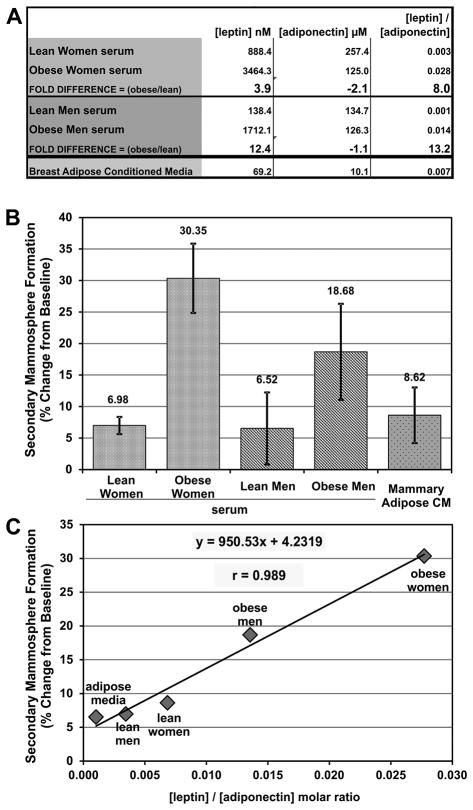Figure 6. Circulating leptin and adiponectin modulate mammary stem cell self-renewal in vitro.
A. Leptin and adiponectin concentrations were measured by ELISA in pooled serum from lean (N=9) and obese (N=10) women, and lean (N=10) and obese (N=10) men and shown with the leptin/adiponectin molar ratio and the fold difference between lean and obese samples. Obese serum is enriched for leptin compared to lean samples, whereas adiponectin is decreased in obese women but not men. Mostly driven by changes in leptin concentration, the leptin/adiponectin ratio is dramatically increased in obese women and men. Pooled breast adipose conditioned media was used as a control. B. Primary human mammospheres were grown in the presence of 2% pooled serum from lean (N=9) and obese (N=10) post-menopausal women, and lean (N=10) and obese (N=10) men. Pooled breast adipose explant conditioned media was used as a control. Primary mammospheres were counted, dissociated, and re-plated to form secondary mammospheres. The percent change from baseline is a measurement of stem cell self-renewal. Cultures were grown in quadruplicate and the mean ± STD is shown. Circulating factors present in serum from obese women and men more strongly increased mammary stem cell self-renewal than serum from lean humans C. Leptin and adiponectin concentrations in the serum and conditioned media were measured by ELISA and plotted against the changes in stem cell self-renewal. There was a strong linear relationship between the circulating leptin/adiponectin ratio and mammary stem cell self-renewal in these samples.

